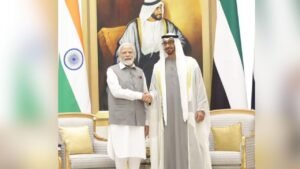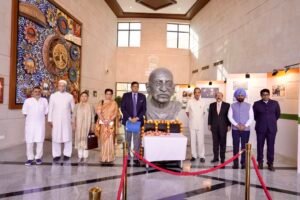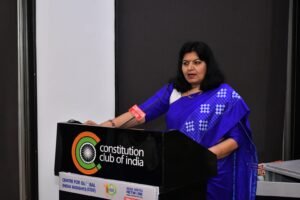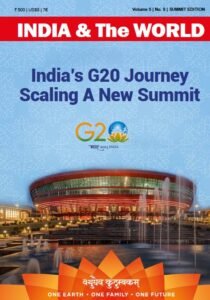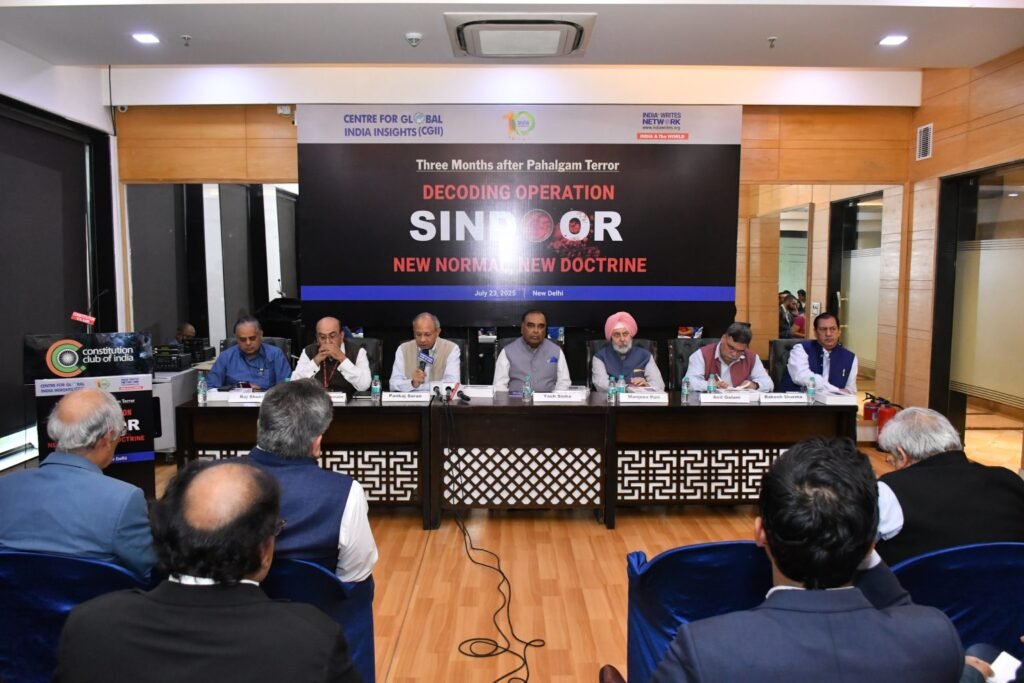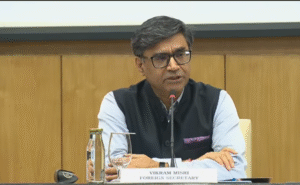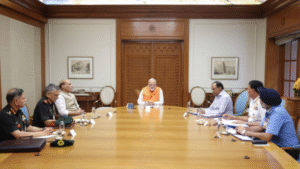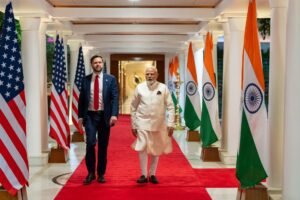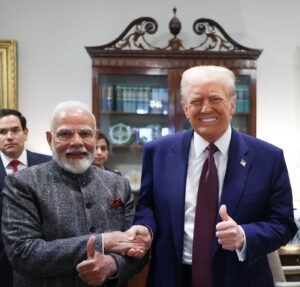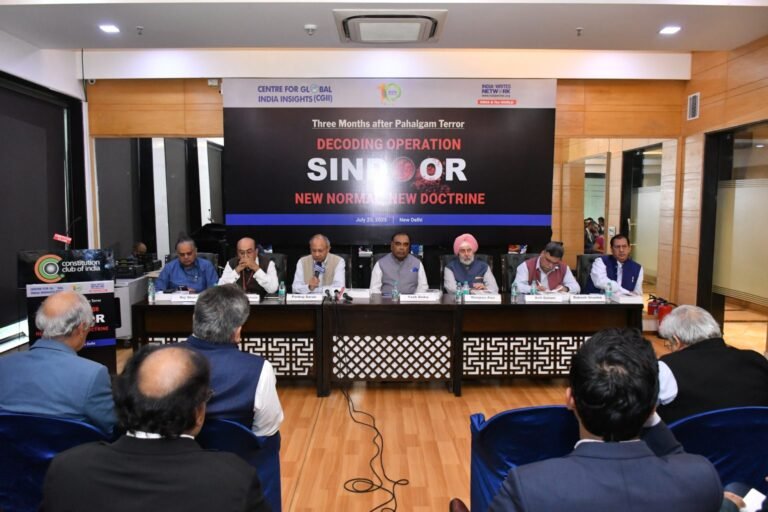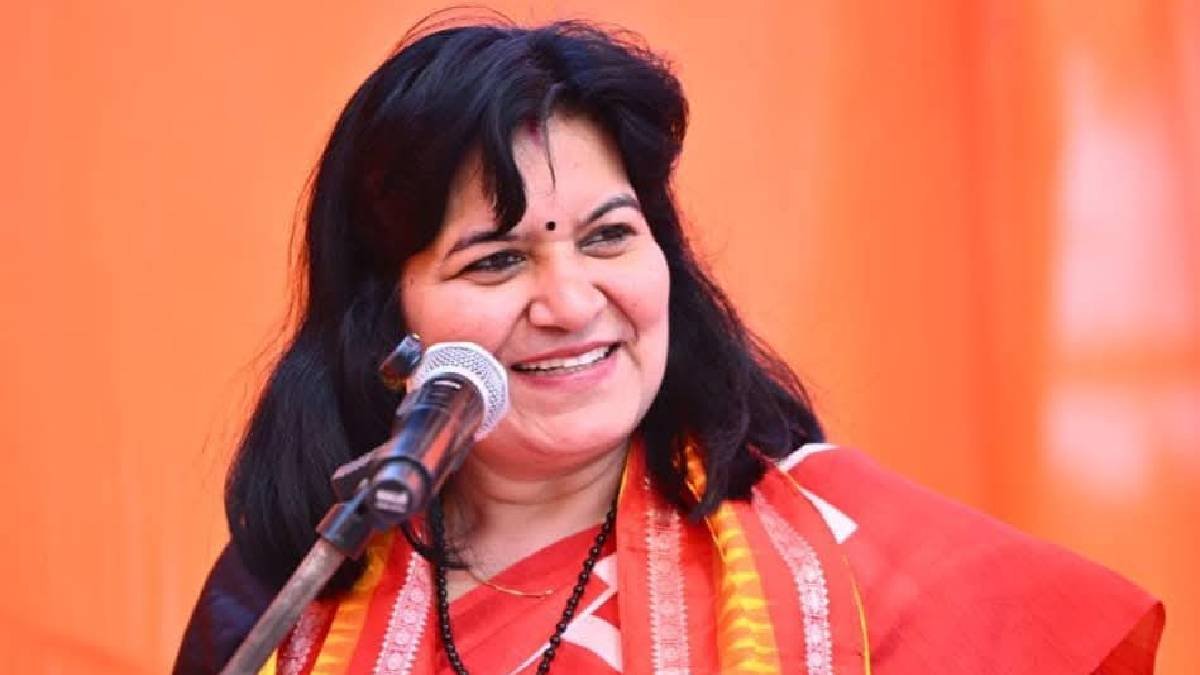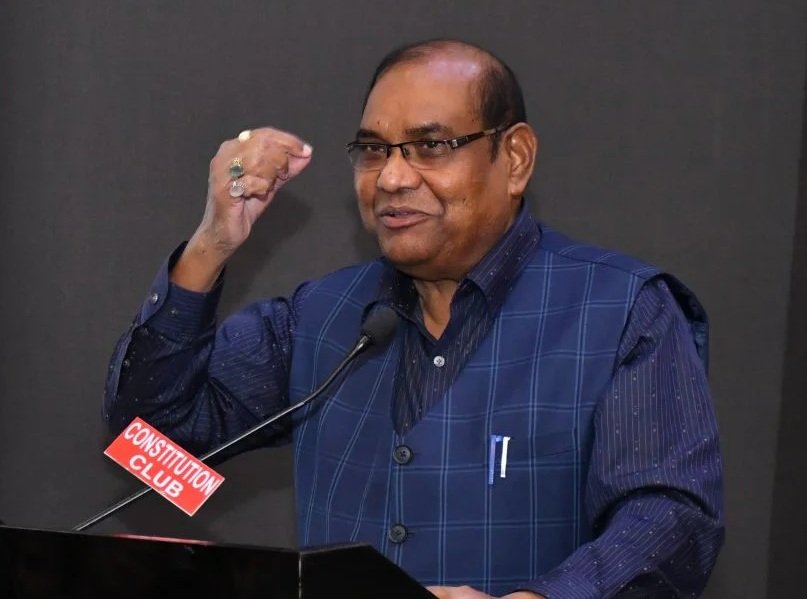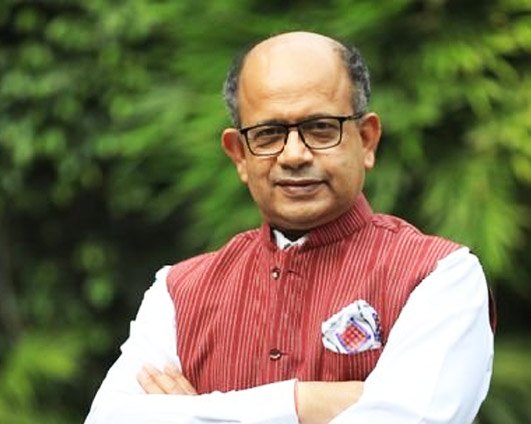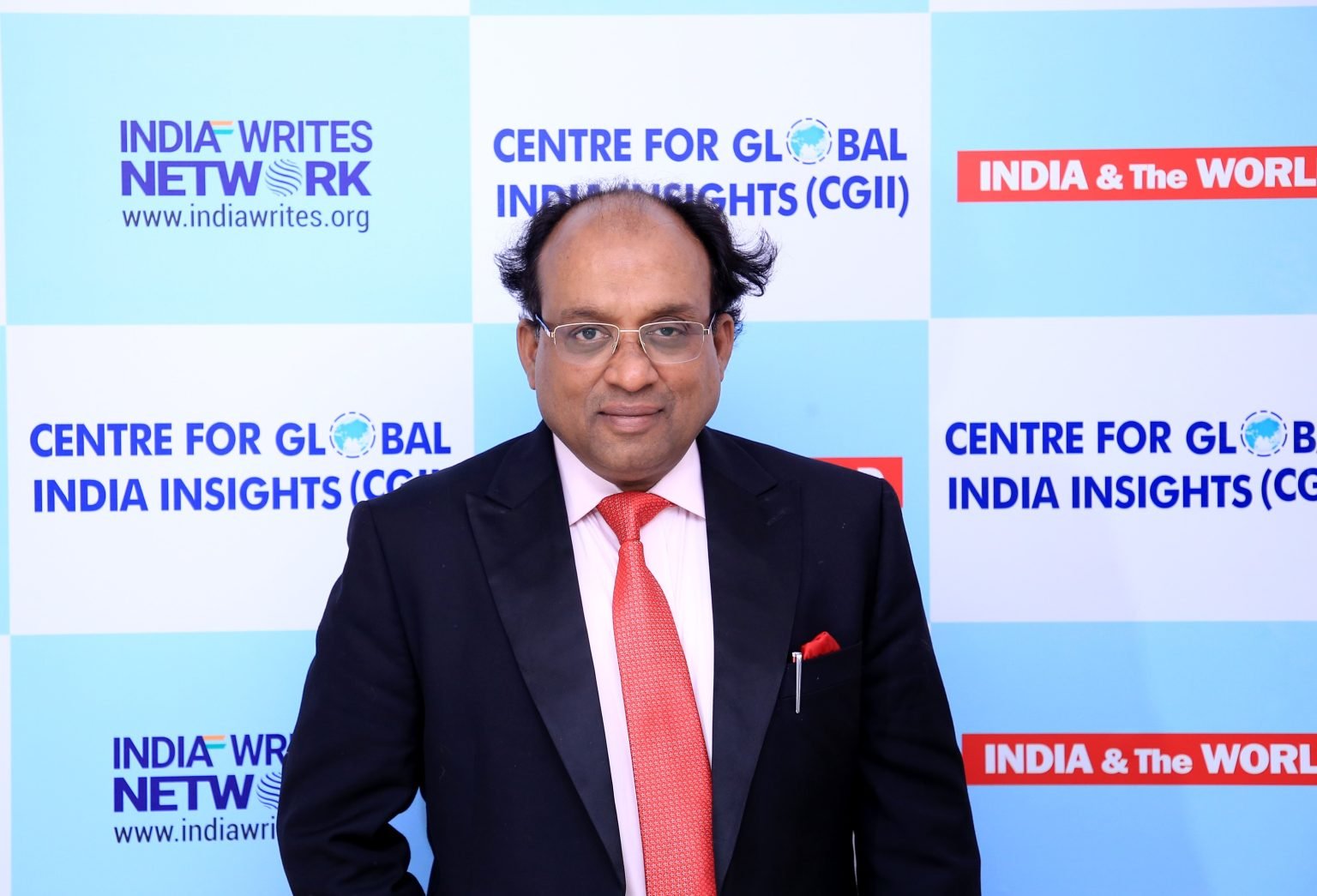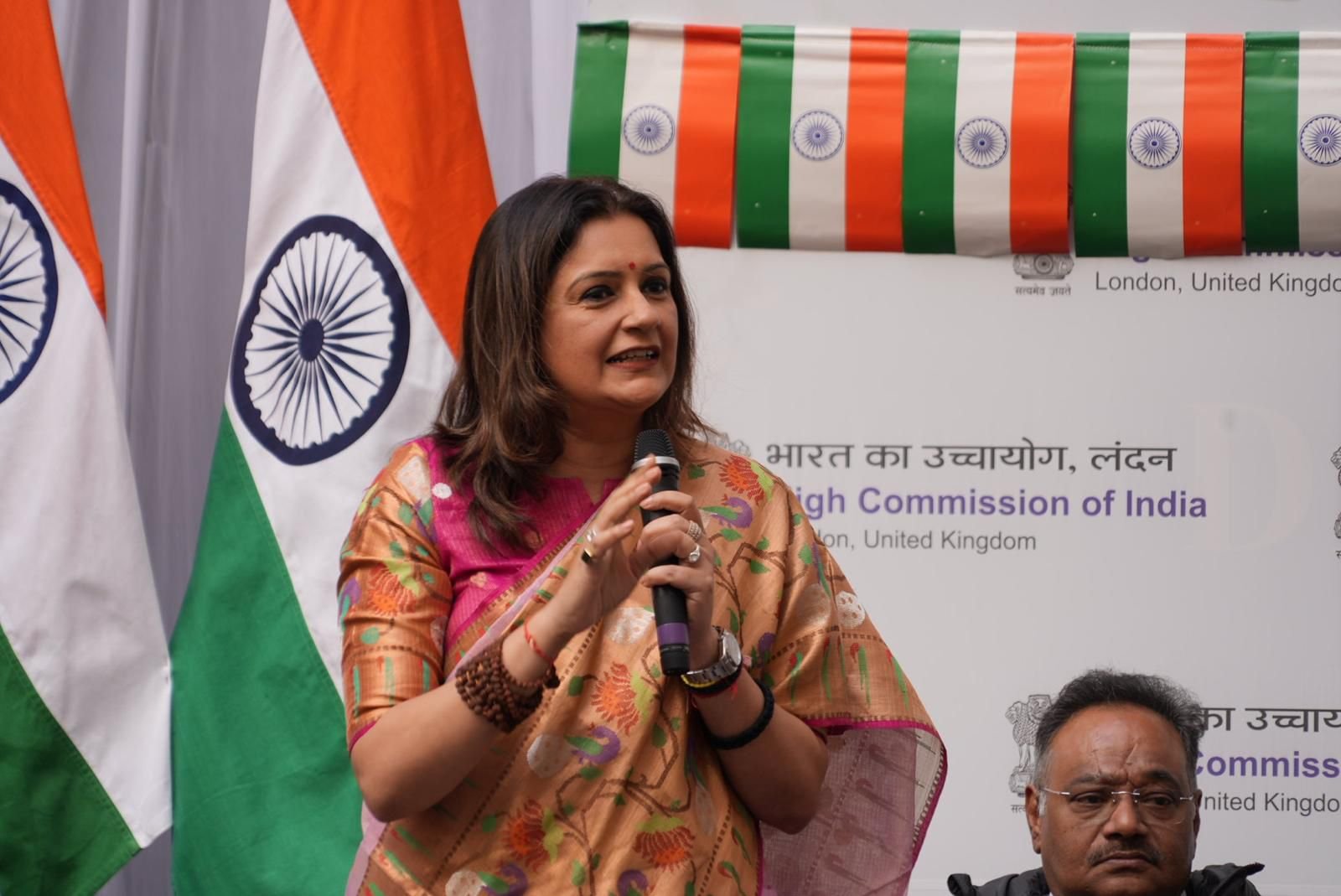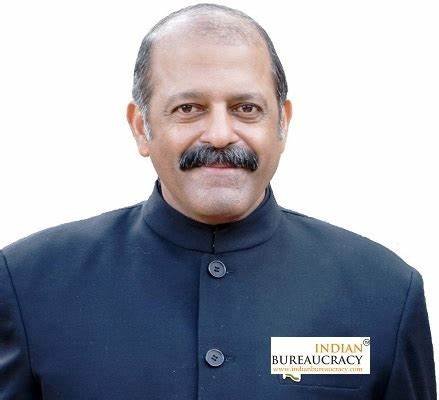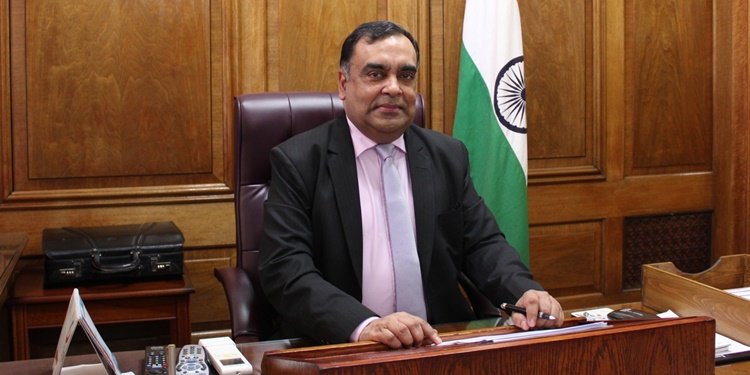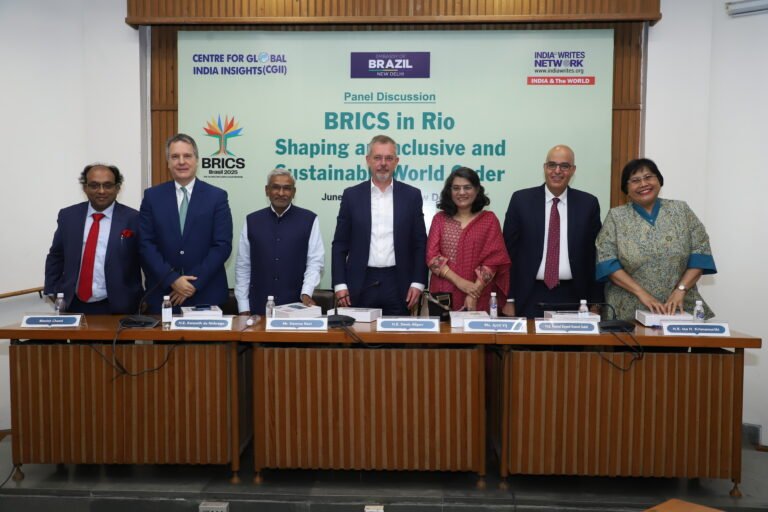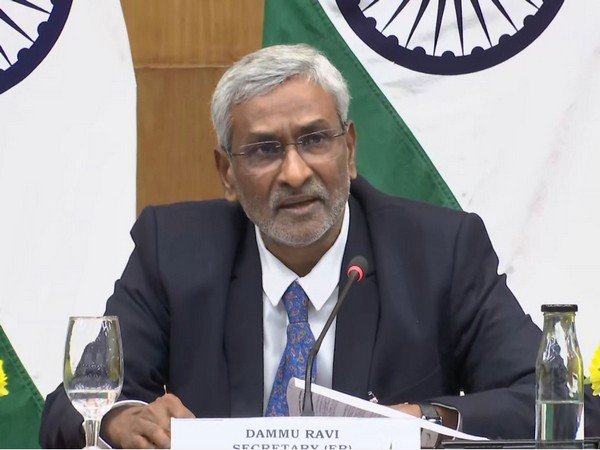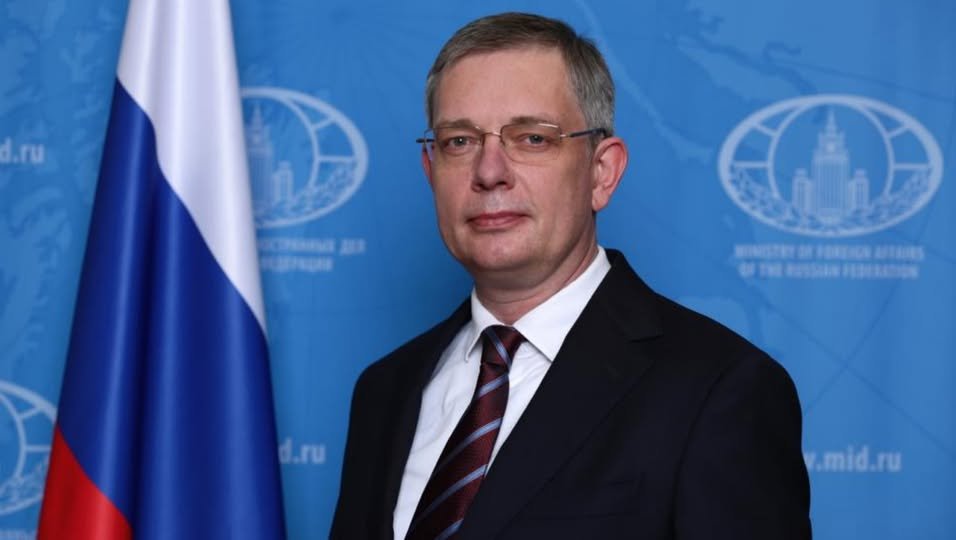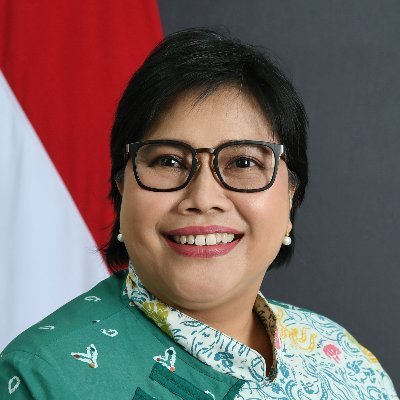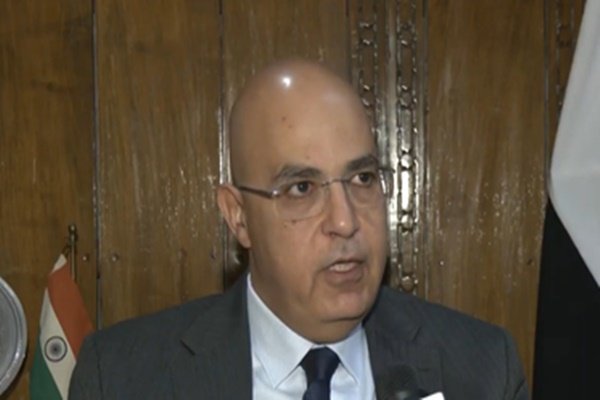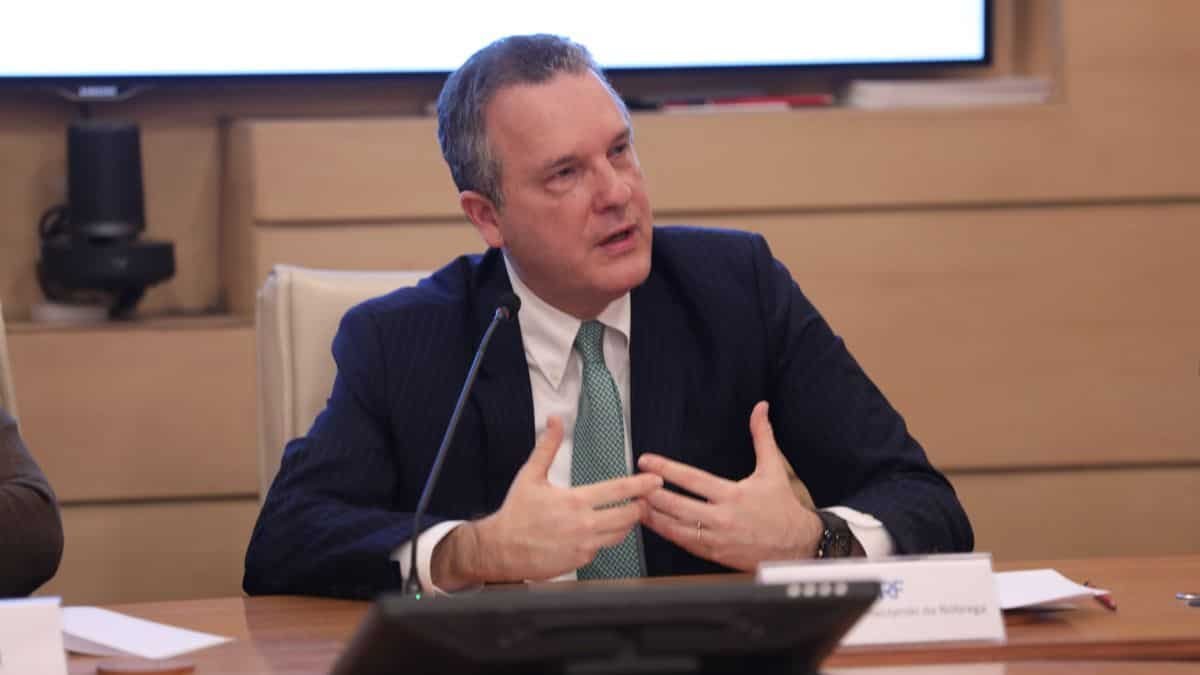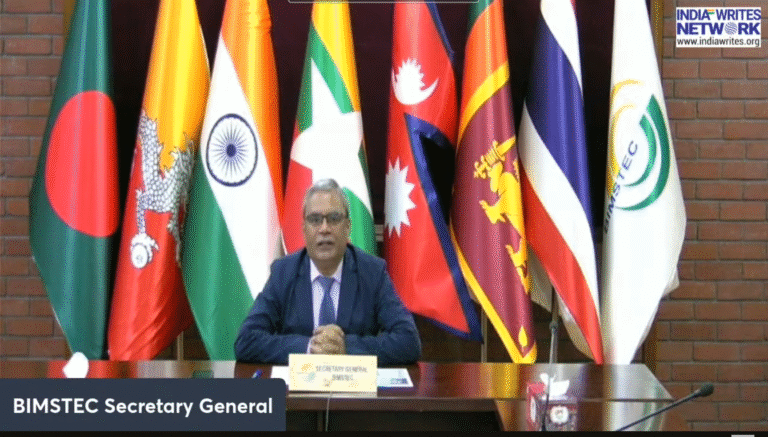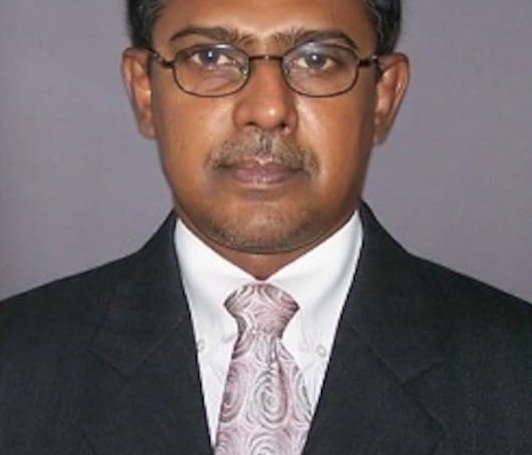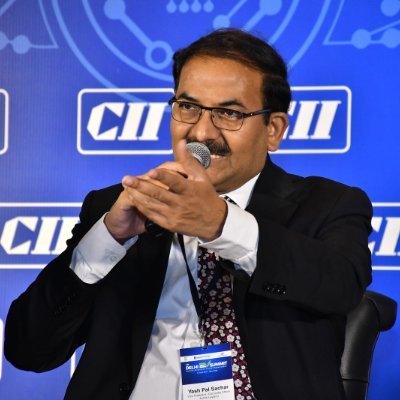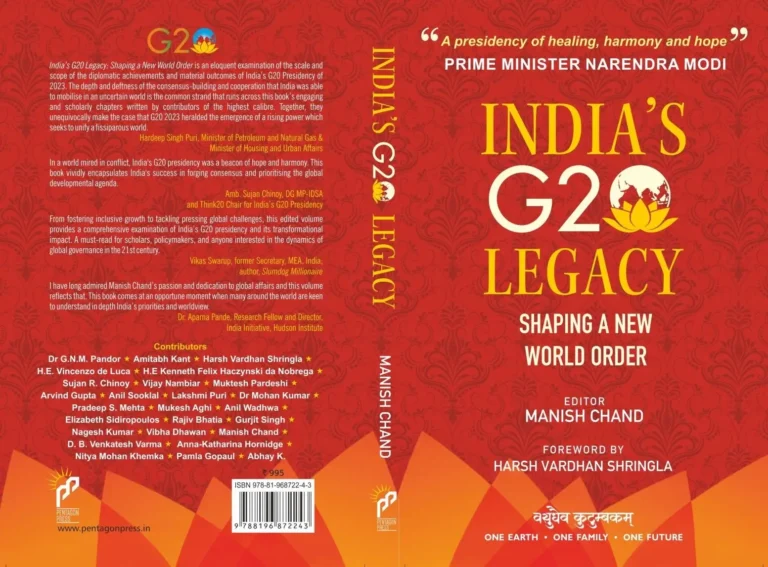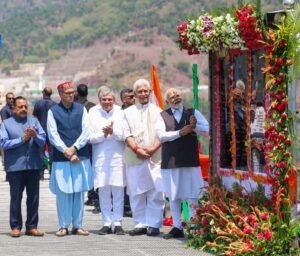By Vivek Lall
The US-India defence relationship has emerged as a cornerstone of strategic cooperation between the two countries. With initiatives like ICET and a focus on persistent surveillance, the India-US defence corridor is poised for greater collaboration, innovation, and addressing global security challenges under the second Trump presidency, says Dr Vivek Lall.
Over the years, the US-India defence corridor has become a testament to the deepening ties between the United States and India. Regardless of whether the administration in Washington has been Democratic or Republican, the trajectory of defence trade and cooperation has consistently advanced between both nations. Agreements signed under various administrations have laid a robust foundation for defence trade. This steady growth underscores the strategic significance both nations place on their partnership, a view shared by defence experts and industry leaders alike. One of the most notable developments in recent years has been the Initiative on Critical and Emerging Technologies (ICET). This program aims to foster collaboration in areas such as Artificial Intelligence, semiconductors, Quantum Computing, and other emerging domains. These technologies are not only vital for defence applications but also hold transformative potential across multiple industries. The new administration in Washington will provide a further fillip to the relationship and it will grow in strength, not only in terms of defence trade but also in some of these core critical and emerging technologies.
Importance of Surveillance
One of the key aspects of persistent surveillance is its applicability across space, air, land, and undersea. While all are important, air-based surveillance stands out as the most economical and widespread across these domains and the ability to maintain a real-time common operating picture is critical for addressing threats. In an era of evolving geopolitical challenges, the importance of real-time intelligence, surveillance, and reconnaissance (ISR) capabilities cannot be overstated. These systems enable like-minded nations to share a unified operational perspective, enhancing their ability to respond swiftly to emerging threats. For the US and India, integrating such systems will not only bolster their security but also strengthen regional and global stability.
Talent and Technology Advancement
I do believe that like-minded nations such as the US and India must collaborate to establish a common operating picture, enabling greater alignment and shared situational awareness. In the coming months and years, we can expect increased integration of systems to support this goal, enhancing cooperation among allied nations. Additionally, realising the potential of the US-India defence corridor requires substantial investments in research and development in advancing technologies like quantum sensing and critical minerals. Equally important is the investment in workforce development and people training to ensure a skilled talent pool capable of driving innovation and supporting these technological advancements. Global talent from the US and India is tackling some of the world’s most complex challenges and key initiatives must be significantly expanded, with greater involvement from universities and academia on both sides. The Trump administration is expected to thoroughly evaluate all aspects and provide renewed momentum to advance collaboration across these domains, bridge gaps, and foster growth in the US-India relationship.
Role of Industry and Startups
 The defence corridor’s success is not solely dependent on government initiatives; the role of industry is equally critical. It is also important to highlight the increasing involvement of medium and small enterprises (MSMEs) in defence collaborations as these companies form the backbone of critical supply chains and play a vital role in driving innovation. Startups, in particular, are emerging as key players in the defence ecosystem, addressing complex challenges and pioneering breakthroughs. I am sure we will soon witness some of these emerging as unicorns in the defence sector. Overall, we are very proud of what we have done in the startup space with some of our partnerships and I think that is something we will remain focused on. And I think the new administration will also encourage defence innovation and other aspects that I spoke about.
The defence corridor’s success is not solely dependent on government initiatives; the role of industry is equally critical. It is also important to highlight the increasing involvement of medium and small enterprises (MSMEs) in defence collaborations as these companies form the backbone of critical supply chains and play a vital role in driving innovation. Startups, in particular, are emerging as key players in the defence ecosystem, addressing complex challenges and pioneering breakthroughs. I am sure we will soon witness some of these emerging as unicorns in the defence sector. Overall, we are very proud of what we have done in the startup space with some of our partnerships and I think that is something we will remain focused on. And I think the new administration will also encourage defence innovation and other aspects that I spoke about.
Looking Ahead
The US-India defence corridor stands at a pivotal juncture. With a new administration in Washington, there is an opportunity to build on past achievements and chart a course for even greater collaboration. As both nations navigate the complexities of the 21st-century security landscape, their partnership will be defined by a shared commitment to innovation, resilience, and mutual support. In the years to come, we can expect to see a heightened focus on integrating advanced technologies, enhancing real-time ISR capabilities, and fostering industry partnerships at all levels. By leveraging their strengths and working together, the US and India can not only address immediate security challenges but also lay the groundwork for a safer, more prosperous future. The defence corridor’s evolution will serve as a testament to the power of strategic cooperation in shaping a better world. (This article has been published in special edition of India and the World magazine. Those interested in subscribing may write to: editor@indiawrites.org)


